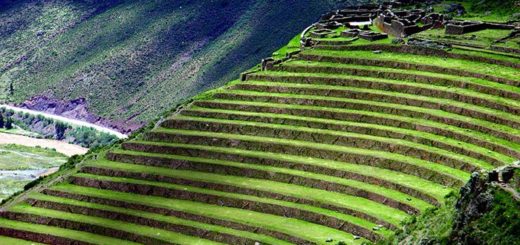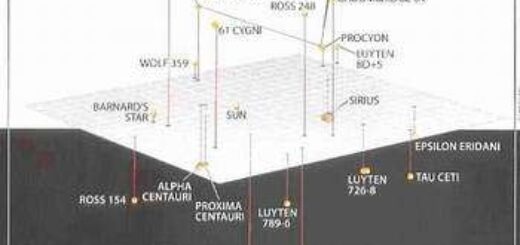Enigmatic Ancient Kingdom Of Thulamela Created By Mysterious Shona PeopleMysterious Shona People Who Formed First EmpiresWere
Thulamela is an intriguing ancient kingdom created by advanced ancient Shona people whose origin remains unknown.
“Thulamela’ means “place of birth” (or “the place of giving birth”) in a Venda language, an official language of South Africa.

Based on archaeological excavations conducted in the area of the hilltop at Thulamela, people of Thulamela probably, came from Zimbabwe.
The settlement has many visible traces of the culture of Mapungubwe and Great Zimbabwe.
Similar to the ruins of Great Zimbabwe, the stone city of Thulamela was located in the north-eastern partof South Africa near Zimbabwe and Mozambique and had high walls that separating royalty from common people.
The Thulamela Kingdom and its culture has many secrets that have never been solved.
The walls were built by the Shona people, whose exact origin remains unknown.
After 1000 AD, the Shona people began to form first empires; and about 14th century, these empires including Great Zimbabwe, Changamire and Thulamela became widely known because they competed for trade in gold and ivory with Arab and later, Portuguese traders, and came in trade contacts with cultures as far away as East Africa, Persia, Egypt, India and China.
Thulamela thrived between 1350 and 1650 AD. Its people employed sophisticated mining skills, and succeeded in converting iron ore into carbon steel for use in tools and weapons, and traded along the Swahili Coast.
The ruins of the ancient stone city of Thulamela were uncovered less than a decade ago in the Kruger National Park of South Africa’s northern provinces.
Archaeologists also discovered two skeletons that had been buried with gold jewellery, pottery, metal hoes and spear blades.
These could be the tombs of a royal pair, a king and queen, who ruled the kingdom of Thulameladuring the sixteen century. Archaeologists dubbed the man – “King Ingwe”, meaning “leopard”, because on this day, his grave was found and opened and a leopard was seen as the archaeological team were on the way to their vehicle.
The remains were analyzed by scientists at the Department of Anatomy at the University of Pretoria who found that the one skeleton was male and the other female.
The man was wearing gold jewellery and may have been the king of Thulamela.
The woman’s skeleton was also tested and revealed that she was not one of the king’s family members, but that she was possibly also from a noble family.
he was discovered lying on her side with her palms together and her hands under her left temple.
In the Venda tradition women greet men in this way, which is why archaeologists believe that the people of Thulamela were the ancestors of the Venda people today.
The Venda people call this greeting and sign of respect -“losha” – so the skeleton was named “Queen Losha”.
When the queen’s remains were found, two leopards were seen on the Thulamela road.
Written by – A. Sutherland AncientPages.com Staff Writer
Copyright © AncientPages.com All rights reserved. This material may not be published, broadcast, rewritten or redistributed in whole or part without the express written permission of AncientPages.com



 Creators of mankind
Creators of mankind Description of “Tall white aliens”
Description of “Tall white aliens” Where they came from?
Where they came from? About hostile civilizations
About hostile civilizations The war for the Earth
The war for the Earth “Tall white aliens” about eternal life
“Tall white aliens” about eternal life Video: “Nordic aliens”
Video: “Nordic aliens” Aliens
Aliens Alien encounters
Alien encounters The aliens base
The aliens base UFO
UFO Technology UFO
Technology UFO Underground civilization
Underground civilization Ancient alien artifacts
Ancient alien artifacts Military and UFO
Military and UFO Mysteries and hypotheses
Mysteries and hypotheses Scientific facts
Scientific facts


















